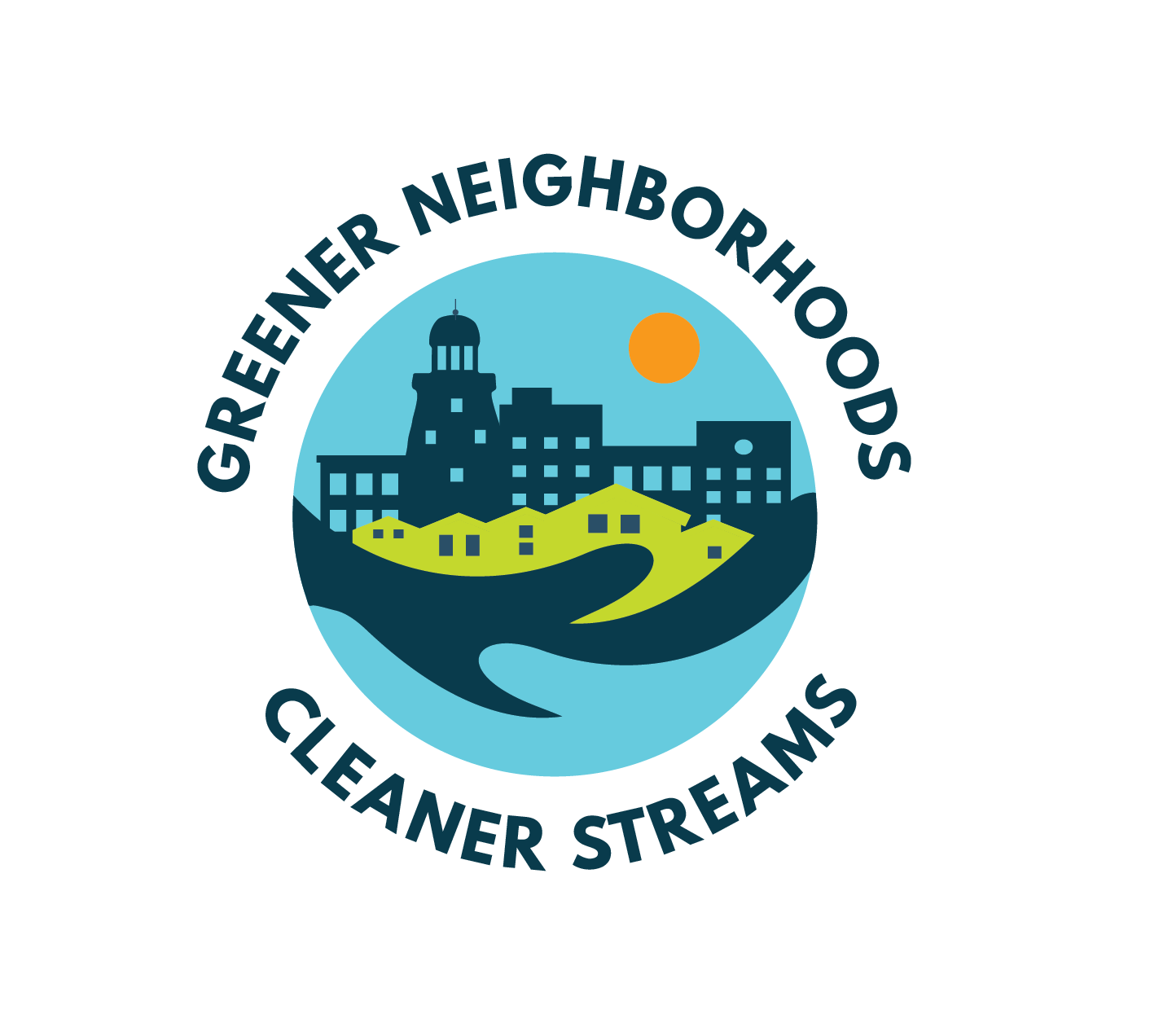Pollution Profile: Litter
Litter is everywhere. It's cigarette butts, wrappers, straws, trash, and everything else that ends up on our streets, sidewalks, roadsides, and trails. These pieces of litter are easily moved by stormwater runoff and carried to the nearest storm drain. Most stormwater is not treated, filtered, or cleaned before it empties out into the nearest body of water. This means all of the litter it picks up along the way is brought with it and ends up in Casco Bay.

If this trash isn't picked up, it will make its way to Casco Bay.
A lot of litter is made of plastic, a material that doesn't decompose. Instead, it is broken down into smaller and smaller pieces of plastic called microplastics. Some plastics float on the surface of the water while other types float in the water column. This is a serious threat for wildlife and they can be killed by becoming tangled or mistaking it for food.

The most common forms of litter found in our water bodies are single-use plastics.
The best ways to help protect our water from litter are:
Reduce your use! Cut down on single-use plastics (straws, plastic bags, etc.)
Recycle! Understand and participate in your community recycling and trash programs.
Cover your bins! Make sure your recycling and trash bin are covered so that wind and animals can't spread the contents around.
Throw it away! Always put litter in a trash or recycling bin.
Pick it up! Pick up litter when you see it or participate in community clean up days.


